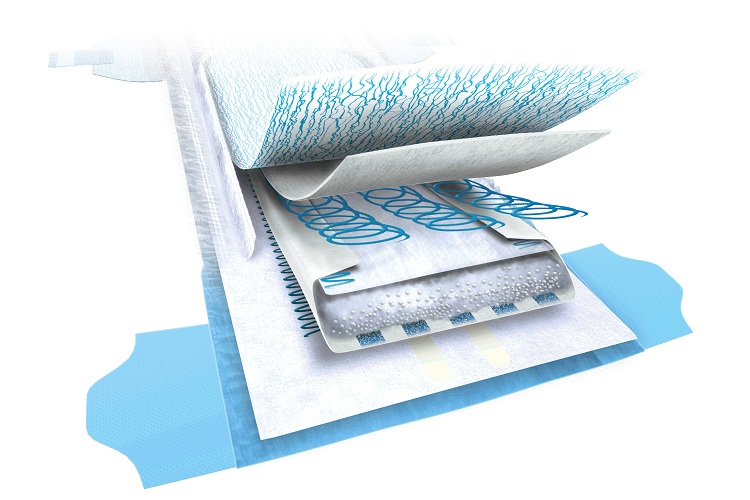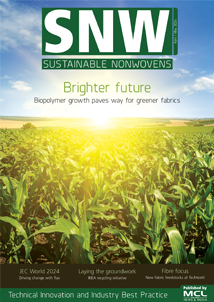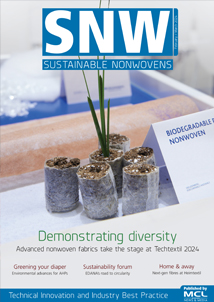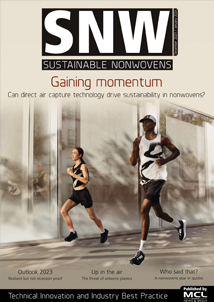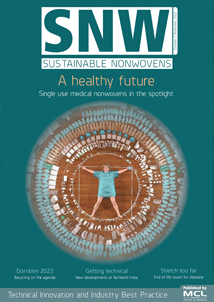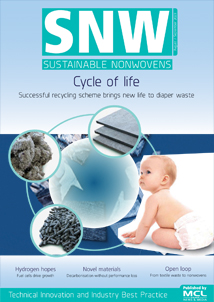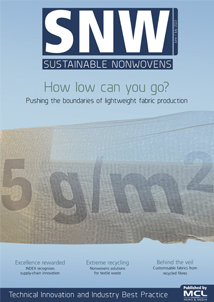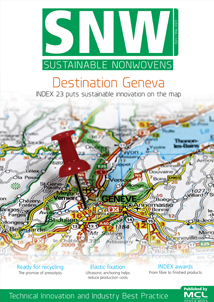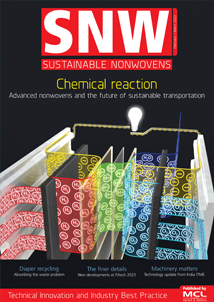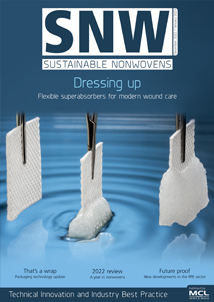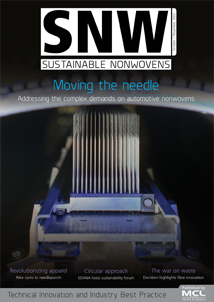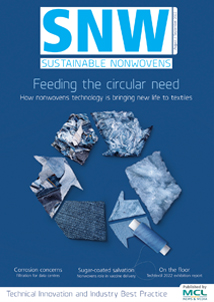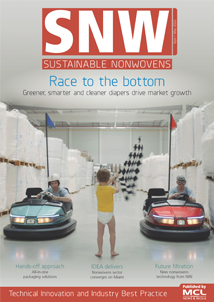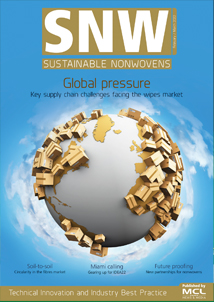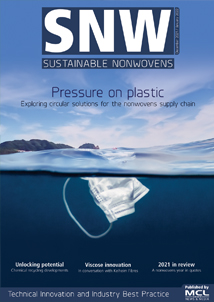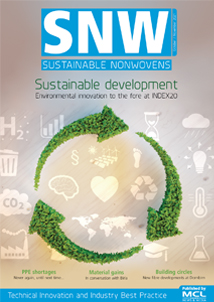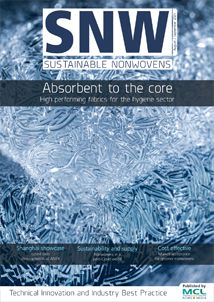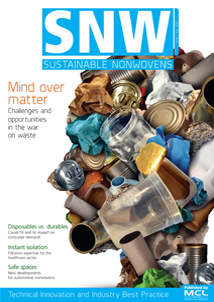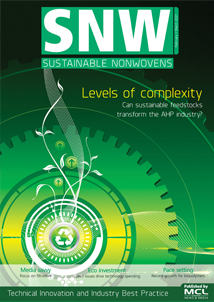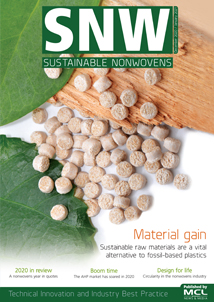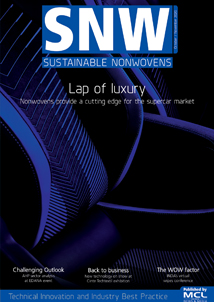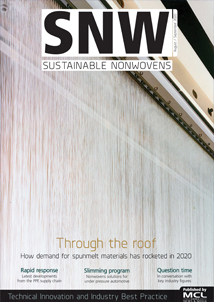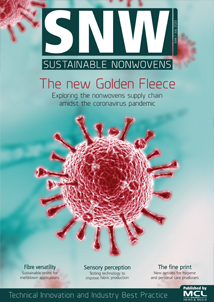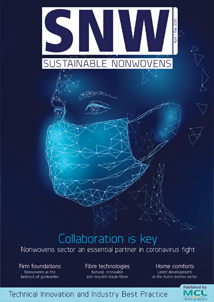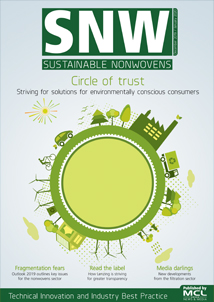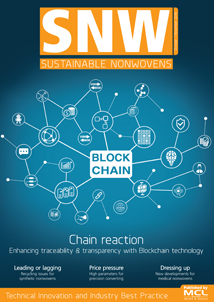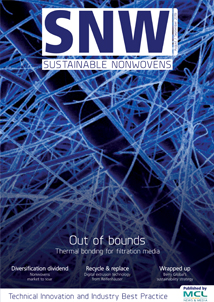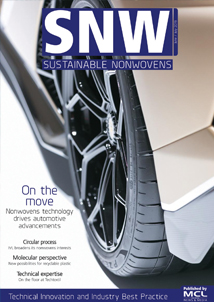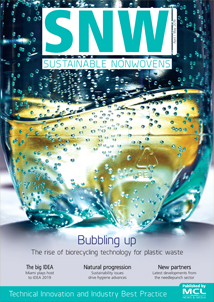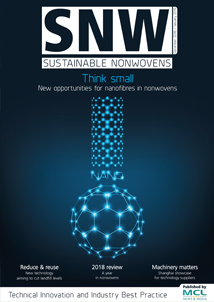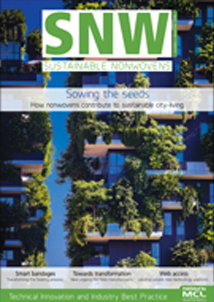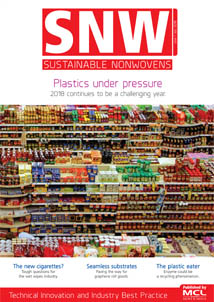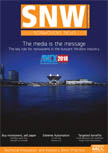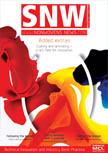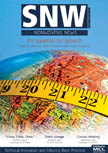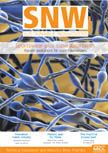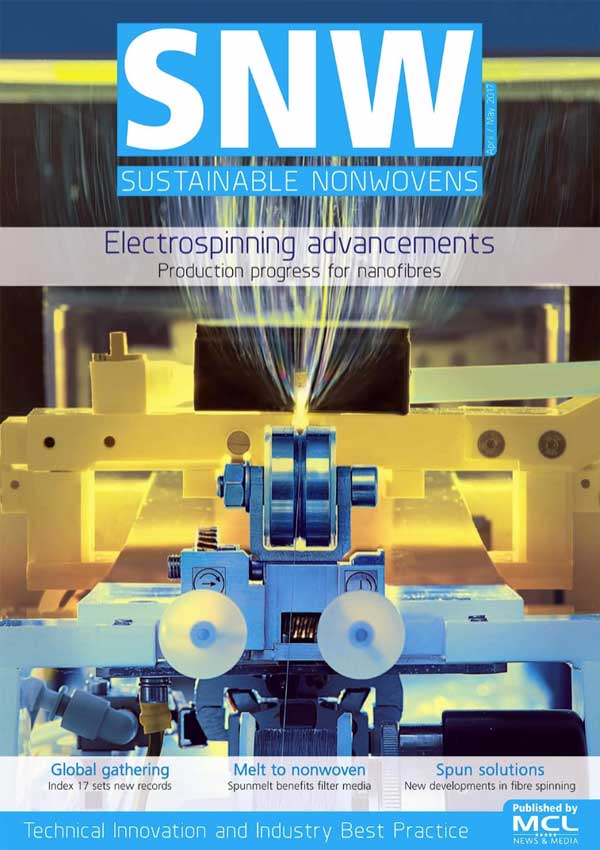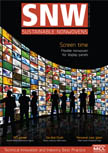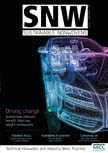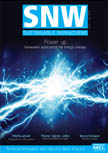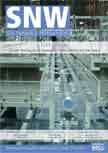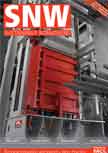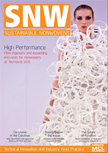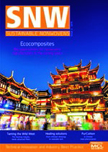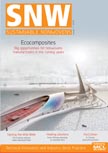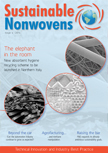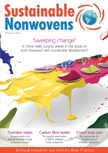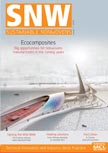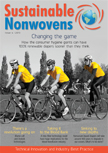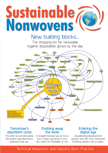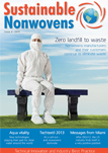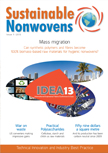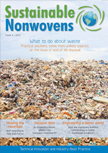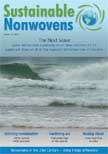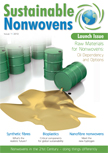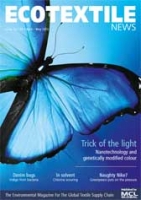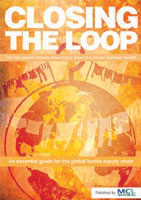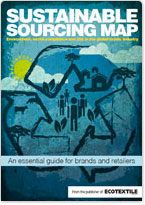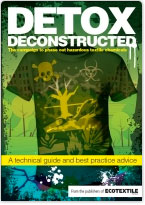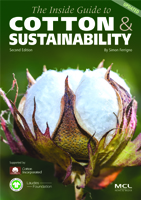WAUWATOSA – Whatever the combination of components employed, the correct use of adhesives remains critical to the functionality of absorbent cores, says Bostik.
Core is a hot topic in today’s disposable hygiene industry – make it thinner, make it more absorbent and keep it from cracking because leaks are bad for business is the mantra.
As the list of demands continues to grow, it’s easy to see why manufacturers are researching and experimenting with new core designs to stay competitive.
Understanding the key functions of the core system is the first step in meeting user needs and exceeding expectations.
A top-performing core should:
· Attract and absorb fluid away from skin.
· Quickly disperse fluid throughout the product.
· Prevent the wearer from feeling a wet sensation after fluid is released.
· Promote skin wellness by avoiding rewet.
· Hold up to the stresses of daily life without cracking and leaking.
· Ensure comfort by not shifting or bunching during use
· Offer protection against noticeable odours.
· In many cases, provide self-conscious users with the discretion they desire.
Quality
The materials employed in creating the core are essential for achieving this level of performance. A quality topsheet, which makes direct contact with the skin, is important for fluid acquisition. The acquisition and distribution layer (ADL) enables rapid fluid absorption and the right blend of fluff and superabsorbent polymer (SAP) is critical for distributing, soaking up and trapping fluid after insult.
Supporting the function of each of these core system components, and many others, is the adhesive, but every adhesive isn’t created equal and every adhesive doesn’t work in every core. Choosing the right adhesive is important for optimal performance and core integrity. In fact, some core adhesives can even help products do more with less, as trends continue to shift to creating products with a thinner core.
“In the past, producers didn’t have to be concerned with what adhesive they used on their core,” says Diane Toonen, director of global strategic marketing for Bostik’s Global Nonwovens business unit. “In fact, in some cases, an adhesive wasn’t even needed, particularly for high fluff ratio cores. Now, in order to get the most out of the adhesive, we recommend producers collaborate with their adhesive producer on core design and performance requirements. When this collaboration occurs, the adhesive can do more than hold the core together. The adhesive can contribute noticeable features like acquisition, wicking, and rewet.”
Within the core system, smart adhesives can:
· Help prevent core shifting when applied to the topsheet and backsheet.
· Anchor the acquisition and distribution layer (ADL) to the topsheet and core.
· Stabilize the fluff/SAP matrix when a core wrap is not used, and are critical for SAP stabilization when fluff is not used.
· Seal the core wrap and bond adjacent materials to prevent shifting.
When considering the individual components within an absorbent core system, the critical role of correct adhesive applications is very apparent:
Topsheet
This layer of the core system makes direct contact with the wearer’s skin and enables the acquisition of fluid. Additives that promote skin health, such as lotion or aloe, are sometimes included on the topsheet. How the topsheet materials look often impacts consumer perceptions of how soft and comfortable the product will feel during use. Adhesives are applied to the topsheet to help prevent core shifting that could compromise absorbency and core integrity.
ADL
Designed to improve fluid management, the ADL creates a low-density void space beneath the topsheet to help keep skin dry. It also enables rapid fluid absorption into the fluff and SAP matrix to minimize leaks during rewet. Adhesives help anchor the ADL to the topsheet and core.
Core wrap
The primary function of the core wrap is to maintain core integrity during processing by containing the fluff/SAP matrix. The core wrap can be made of tissue, which has slower absorption but helps active users stay drier with less rewet and is more resilient to abuse. Nonwoven core wraps, on the other hand, offer faster absorption but lower rewet and core cracking performance. Adhesives are used to seal the core wrap and bond adjacent materials to prevent shifting.
Fluff
Fluff is found at the centre of the core, in a ratio with SAP (the ratio varies by diaper design but averages around 50/50). Fluff is composed of cellulose from trees, with variable fibre lengths and various chemical treatments. It helps with rapid absorption and distribution of fluid in a capillary action after insult. Fluff also assists with core integrity and improves core matrix stability to prevent cracking and slumping. Adhesives are used to stabilize the fluff/SAP matrix.
SAP
Superabsorbent polymer is often used in combination with fluff to create the core matrix. While it absorbs and wicks fluid slowly, it can retain large volumes of liquid relative to weight, even under pressure. Some product manufacturers are exploring core options that use only SAP, removing fluff completely. It is important to note that with no fluff, there are no fluff fibres to hold the SAP powder in place. As a result, adhesives are critical to SAP stabilization when fluff is not employed.
Backsheet
The backsheet is a barrier that can be either breathable or non-breathable. Adhesives are applied to the backsheet and help prevent core shifting and leakage during use.
Application
Among considerations at the design and manufacturing stages, Bostik advises that applying adhesive directly to the top of the core can impede overall core performance, while bottom core adhesive application increases the amount of abuse the diaper can take and speeds up absorption for better core performance.
With no negative correlation to acquisition or rewet and a positive impact on integrity, a wider application dispels the notion that more adhesive is a bad thing.
A spray method creates less contact area and can mean fewer drops and less resilience, which negatively impacts core performance. A multi-slot method offers more coverage and a thinner adhesive layer than spray delivers, enabling a core to withstand significantly more abuse.
The impact of changing from 2gsm to 4gsm add-on varies with the application method. There is no difference found between 2gsm and 4gsm add-on using the spray method. When using the multi-slot method, increasing add-on from 2gsm to 4gsm strengthens core integrity and enhances performance.
While reducing the width of the application pattern may decrease adhesive use and thereby cost, it also reduces core integrity and overall performance.
“In addition to improving performance, adhesives can be a significant contributor to enabling the implementation of newer core designs like low fluff ratio, fluff free, channel, multi-layer, and compound cores,” Diane Toonen concludes. “Engaging your adhesive supplier early will enable you to leverage their resources to speed up development and product performance.”
Web: www.bostik.com




